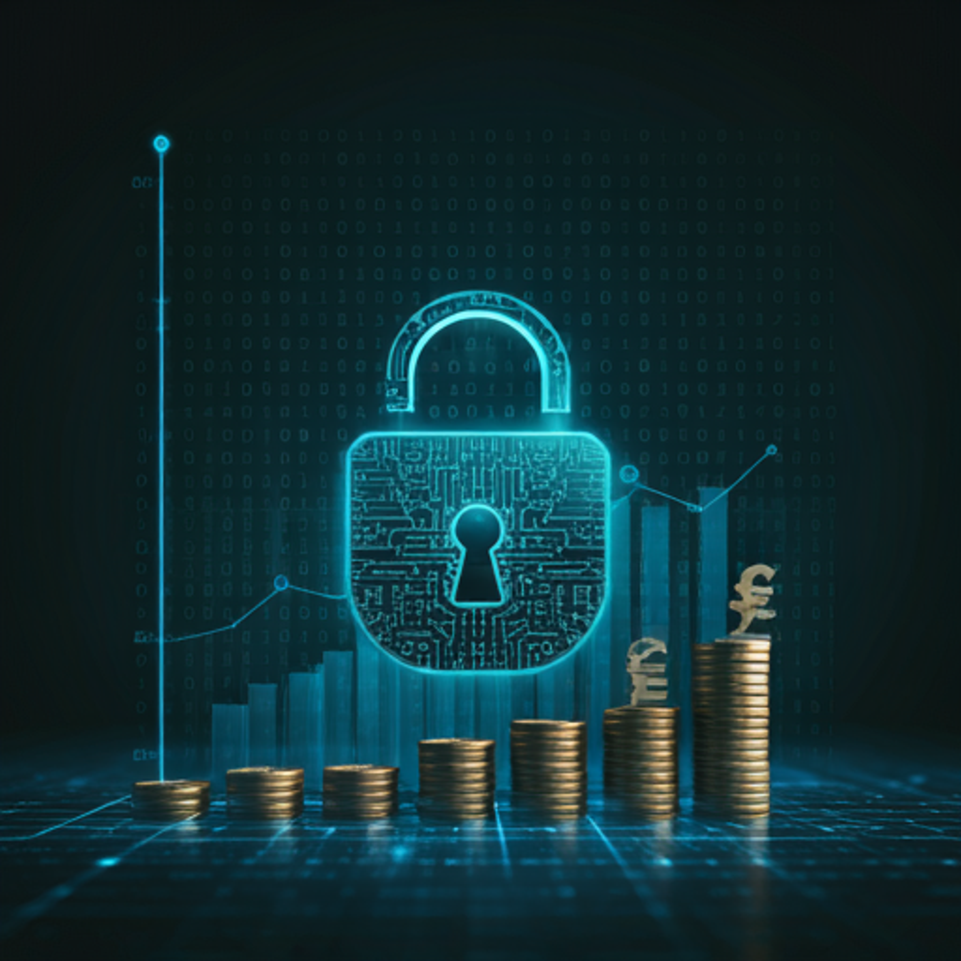Introduction to Cybersecurity in Finance
The Importance of Cybersecurity
In today’s digital landscape, cybersecurity is crucial for finance. He understands that financial institutions face numerous threats. These threats can lead to significant financial losses. Protecting sensitive data is essential for trust. Trust is everything in finance.
He recognizes that a robust cybersecurity strategy is necessary. It helps mitigate risks and safeguard assets. Many organizations invest heavily in security measures. This investment is a wise decision. Cybersecurity is not just an IT issuf. It affects everyone in the organization.
Overview of Financial Threats
He recognizes that financial threats are diverse and evolving. These threats can include fraud, data breaches, and cyberattacks. Each type poses unique challenges to organizations. Awareness is key to prevention. He believes that understanding these threats is essential. Knowledge empowers better decision-making. Many professionals underestimate the risks involved. This can lead to severe consequences. Staying informed is crucial for protection.
Common Cyber Threats in the Financial Sector
Phishing Attacks
He understands that phishing attacks are prevalent in finance. These attacks often involve deceptive emails or messages. They aim to trick individuals into revealing sensitive information. This can lead to identity theft and financial loss. Awareness is critical for prevention. Many professionals overlook these threats. This negligence can have dire consequences. He emphasizes the need for robust training programs. Education is the first line of defense.
Ransomware and Malware
He recognizes that ransomware and malware pose significant threats. These malicious programs can encrypt data and demand payment. Organizations often face severe operational disruptions. This can lead to substantial financial losses. Prevention strategies are essential for safeguarding assets. Regular software updates are crucial. He advocates for comprehensive security protocols. Awareness can mitigate these risks effectively.
Understanding Cryptocurrency Vulnerabilities
Wallet Security Risks
He identifies several wallet security risks in cryptocurrency. These include phishing attacks, malware, and weak passwords. Each risk can compromise sensitive information. Users must remain vigilant to protect their assets. Regularly updating security measures is indispensable. He suggests using hardware wallets for enhanced protection. This method reduces exposure to online threats. Awareness is key to maintaining security.
Exchange Vulnerabilities
He acknowledges that exchange vulnerabilities can lead to significant losses. These vulnerabilities often stem from inadequate security measures. Users may face risks such as hacking and insider threats. Each incident can severely impact trust in the platform. He emphasizes the importance of due diligence. Researching exchange security protocols is essential. Users should prioritize exchanges with strong reputations. Awareness can help mitigate potential risks.
Best Practices for Protecting Your Assets
Implementing Strong Passwords
He stresses the importance of implementing strong passwords. Weak passwords can easily be compromised. A strong password typically includes letters, numbers, and symbols. This complexity enhances security significantly. He recommends using a password manager. It simplifies the process of creating unique passwords. Regularly updating passwords is also crucial. Consistency is key for effective protection.
Two-Factor Authentication
He emphasizes the necessity of two-factor authentication. This method adds an extra layer of security. It requires users to verify their identity through a second method. This significantly reduces tge risk of unauthorized access. He suggests using authentication apps for better security. They are more reliable than SMS codes. Regularly reviewing account settings is also important. Awareness can prevent potential breaches effectively.
Regulatory Frameworks and Compliance
Key Regulations in Cybersecurity
He recognizes that key regulations shape cybersecurity practices. These regulations ensure organizations protect sensitive data. Compliance with frameworks like GDPR is essential. Non-compliance can lead to hefty fines. He believes that understanding these regulations is crucial. It helps organizations mitigate legal risks. Regular audits can ensure adherence to standards. Awareness of regulations fosters a culture of security.
Compliance Challenges for Financial Institutions
He identifies several compliance challenges faced by financial institutions. These include navigating complex regulatory landscapes and maintaining data integrity. Adapting to evolving regulations can strain resources. This often leads to increased operational costs. He notes that effective risk management is essential. Institutions must implement robust compliance frameworks. Regular training for staff is also critical. Awareness can significantly reduce compliance risks.
The Role of Technology in Cybersecurity
Blockchain Technology and Security
He explains that blockchain technology enhances security in transactions. Its decentralized nature reduces the risk of data tampering. Each transaction is recorded in an immutable ledger. This transparency fosters trust among users. He believes that smart contracts further automate processes. They minimize human error and increase efficiency. Understanding blockchain’s potential is crucial for financial professionals. Awareness can lead to better security practices.
AI and Machine Learning in Threat Detection
He highlights that AI and machine learning enhance threat detection. These technologies analyze vast amounts of data quickly. They identify patterns indicative of potential security breaches. This proactive approach significantly reduces response times. He notes that predictive analytics can foresee emerging threats. Organizations can then implement preventive measures effectively. Understanding these technologies is vital for cybersecurity professionals. Awareness can lead to improved security outcomes.
Future Trends in Cybersecurity for Finance
Emerging Threats and Challenges
He identifies emerging threats as significant challenges for finance. Cybercriminals are increasingly using sophisticated techniques. These methods can bypass traditional security measures. He emphasizes the need for adaptive security strategies. Organizations must stay ahead of evolving threats. Continuous monitoring and assessment are essential. Understanding these trends is crucial for financial professionals. Awareness can enhance overall security posture.
Innovations in Cyber Defense
He discusses innovations in cyber defense as essential for finance. Advanced technologies like AI enhance threat detection capabilities. These innovations allow for real-time analysis of security incidents. He believes automation can streamline response efforts significantly. Implementing blockchain can also improve transaction security. This technology ensures data integrity and transparency. Staying informed about these advancements is crucial. Awareness leads to better security practices.
